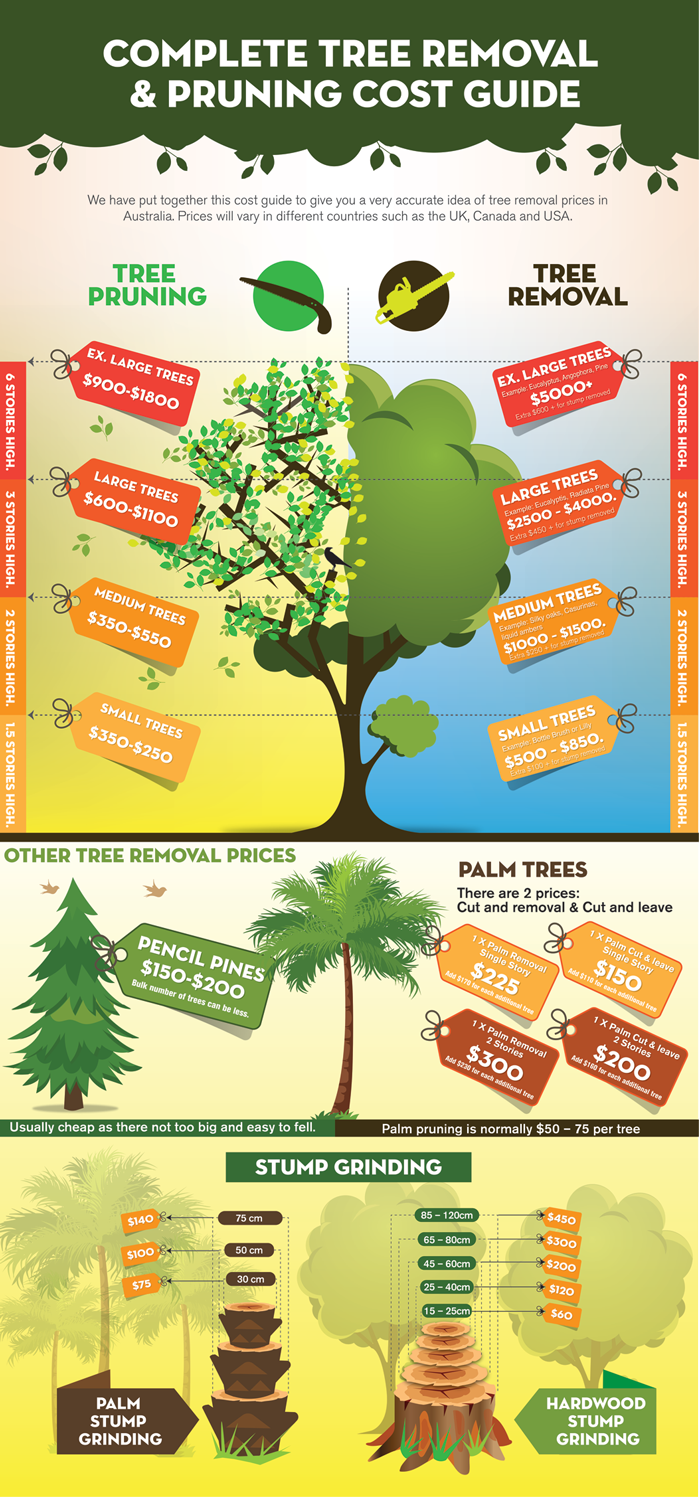Post-Tree Elimination Therapy: Reliable Methods For Landscape Restoration
Post-Tree Elimination Therapy: Reliable Methods For Landscape Restoration
Blog Article
Web Content Author-Franks McCollum
After a tree's removal, your landscape might look quite different, and it's vital to evaluate the after-effects thoroughly. You'll wish to review the soil disruption and examine surrounding plants for any indications of anxiety. Ignoring these aspects can result in bigger problems down the line. So, what should you do with those stumps and origins? And how do you select the most effective plants for your rejuvenated area? Allow' https://docs.google.com/document/d/1Y5TijKPZAr_tvAtcn17BAbIEBrsZ-0sNXht56EMklE4/edit?usp=sharing out these vital steps.
Analyzing the Results: Reviewing Your Landscape
After a tree removal, it's important to examine your landscape to understand the influence it carries your yard.
Begin by taking a look at the location where the tree stood. Try to find indications of soil disruption, and inspect the surrounding plants for any tension or damages.
You should likewise remember of just how the elimination has altered sunshine exposure and airflow in your yard. This shift can impact the growth of neighboring plants, so it's important to evaluate their health.
Think about the aesthetic elements too; the elimination could develop an open space that you can upgrade.
Lastly, think about any type of possible erosion problems that might occur from the tree's absence. Dealing with these elements early will help bring back balance to your landscape.
Handling Stumps and Origins: Options for Removal
When you've evaluated the after-effects of the tree elimination, you'll likely require to tackle the stump and origins left.
You have a couple of alternatives for elimination. One efficient approach is stump grinding, where a specialist uses an equipment to grind the stump down to underground degree. This approach leaves minimal disruption to your landscape.
If you like a DIY approach, you can utilize a combination of digging and chemical stump eliminators. Simply keep in mind, this procedure can require time and effort.
Conversely, consider leaving the stump as an all-natural feature, which can function as an one-of-a-kind yard element or environment for wildlife.
Whatever you pick, addressing the stump and roots is crucial for restoring your landscape.
Choosing the Right Plant Kingdoms for Your New Area
As you examine your newly cleared space, selecting the right plants can considerably improve your landscape's elegance and functionality.
Begin by taking into consideration the sunlight and dirt problems. For warm locations, choose drought-resistant plants like lavender or succulents. In shaded areas, ferns and hostas prosper well.
Consider the dimension and growth habits of your plants; mix perennials and annuals for seasonal variety. Do not fail to remember to include see this site call for much less upkeep and assistance local wildlife.
Team plants in weird numbers for an extra natural appearance and develop layers for visual depth.
Finally, ensure you have a mix of colors and appearances to maintain your landscape vivid throughout the seasons.
Happy planting!
Final thought
In conclusion, restoring your landscape after tree removal is a satisfying process. By examining the consequences, dealing with stumps and origins, and choosing the right plants, you'll produce a successful atmosphere. Do not neglect to integrate erosion control procedures to protect your soil. With a little effort and care, you can transform your room right into a vibrant yard that enhances your property. Welcome the chance to renew your landscape and enjoy the elegance of nature right in your backyard!
